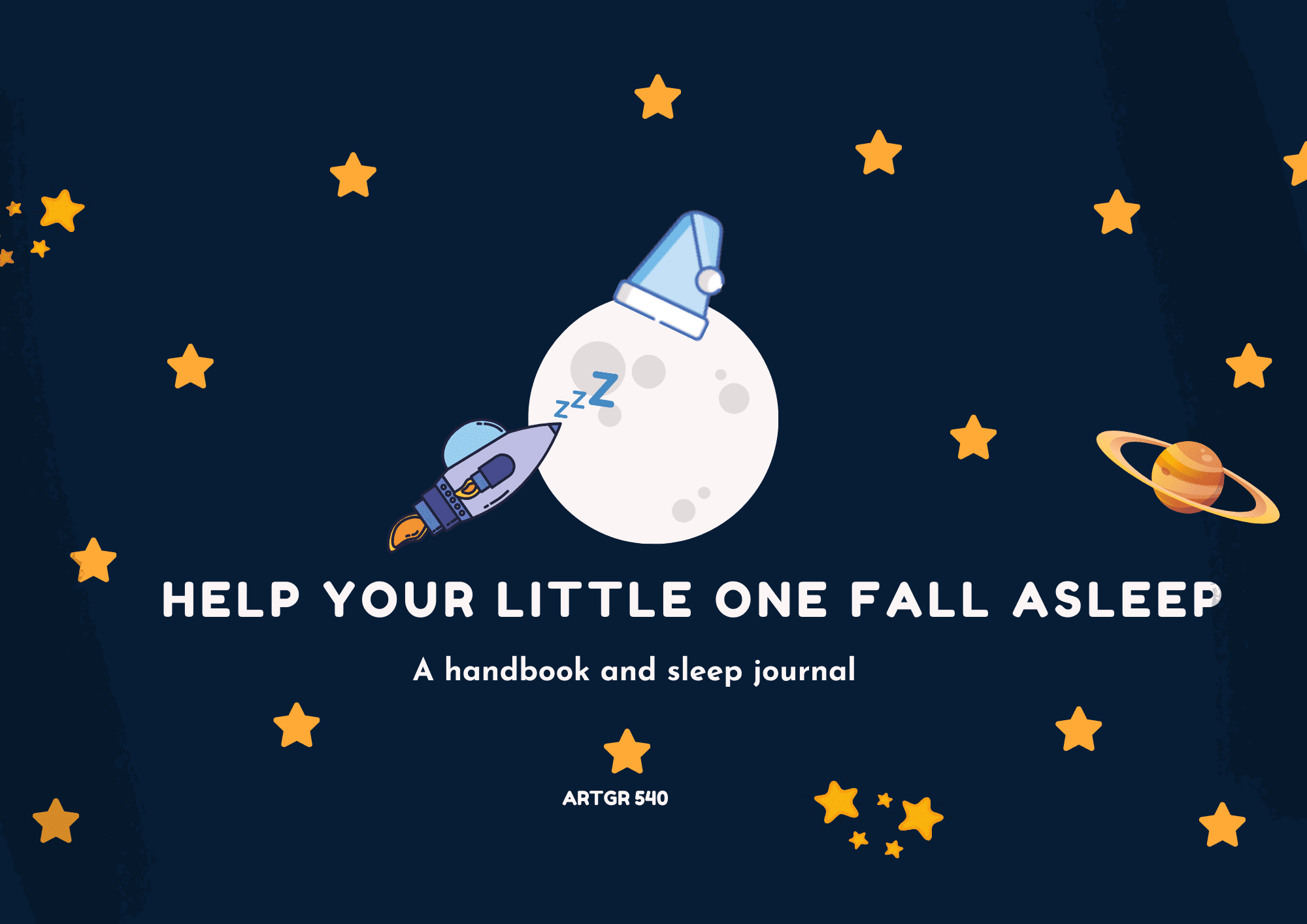Prime Meal – A Budget-Friendly, Time-Saving, and Health-Conscious Meal Creation Tool
Prime Meal – A Budget-Friendly, Time-Saving, and Health-Conscious Meal Creation Tool
Overview
Role:
UX Designer and Researcher
Year:
2022
Objective:
The Prime Meal project aimed to develop a tool that helps users plan and create budget-friendly, time-saving, and health-conscious meals. This tool was designed to address the challenges faced by individuals, particularly college students, in maintaining a healthy diet while balancing busy schedules and tight budgets.
Technologies Used:
User research tools (surveys, Google Forms)
Design tools (Miro, wireframing, and prototyping software)
Collaboration tools
Collaborators:
Angeline Neo, Kiara Chacon, Mehdi Saraeian, and Yashwanth Maddipatla
The Challenge
Many users, especially college students, struggle to maintain a healthy diet due to time constraints and budget limitations. The main challenge was to design a tool that could:
Simplify meal planning.
Offer dietary customization for different health needs.
Integrate budget-friendly options to cater to tight financial situations.
Create a seamless user experience that made meal planning engaging and easy.
We also needed to ensure that the tool provided nutritional information and cooking tips while being user-friendly and functional.
System Design
Market Research and User Insights
We conducted comprehensive market research and surveyed our target audience to understand their eating habits, dietary preferences, and challenges. The results revealed a significant need for a tool that simplified meal planning, accommodated dietary restrictions, and offered healthy and budget-conscious meal ideas.
Personas
Using the research data, we developed personas to represent our target users. These personas played a vital role in guiding the design process, ensuring that the tool met the specific needs of users—whether it was focusing on budget, health, or time constraints.
Ideation and Prototyping
In the ideation phase, we brainstormed ideas for how the meal-planning tool would work, developed user flows, and created low-fidelity wireframes. We later progressed to medium- and high-fidelity prototypes, integrating feedback from usability tests and refining the design to better meet user expectations.
User Testing
We conducted several rounds of user testing with friends, mentors, and potential users to gather feedback. The tests focused on:
Usability: Ensuring users could easily navigate the tool.
Functionality: Testing whether features like filters, meal plans, and nutritional information were useful.
Overall experience: Ensuring the tool was easy to use and fulfilled its purpose of simplifying meal planning.
Visual: Present feedback or insights gained from user testing, showing key improvements made as a result.
Key Responsibilities
UX Design
As the UX designer, I was responsible for conducting user research, creating personas, designing wireframes and prototypes, and conducting usability tests. My focus was to ensure that the interface was intuitive, visually appealing, and user-friendly.
Research and Analysis
I conducted market research and designed and distributed surveys to understand user behaviors and preferences. I compiled and analyzed the data, identifying key insights that informed the design process and helped us make the tool more relevant to our audience.
Project Highlights
User-Centric Design
Prime Meal successfully created a user-centric tool that addressed the specific needs of individuals seeking affordable, healthy, and easy meal options. The design was informed by research and centered around creating a simple, intuitive experience for users.
Comprehensive Features
The tool offered a variety of features, including:
Dietary filters for different restrictions (e.g., vegan, gluten-free).
Customizable meal plans based on time and budget.
Nutritional information and cooking tips to enhance meal preparation.
These features allowed users to easily plan their meals for the day, week, or month.
Positive User Feedback
User testing sessions provided overwhelmingly positive feedback. Users praised the tool's ease of use, the flexibility offered by the dietary filters, and the ability to create quick meal plans. Many appreciated how the tool made it easier to maintain healthy eating habits within a budget.
Conclusion
Results
Prime Meal demonstrated its potential as a simple, effective, and user-friendly solution for meal planning. It successfully addressed the challenge of planning healthy, budget-conscious meals quickly, and was well-received by users.
Learnings
Through this project, I learned the value of:
Conducting in-depth user research to fully understand the needs and pain points of users.
User testing and iteration to continuously improve the design.
Balancing practicality and simplicity to create tools that solve real problems for users.
Future Enhancements
Future improvements could include:
Integrating social media features, allowing users to share their meal plans and recipes.
Expanding the range of dietary filters for more personalization.
Further refining the user interface to make meal planning even more seamless based on ongoing user feedback.





